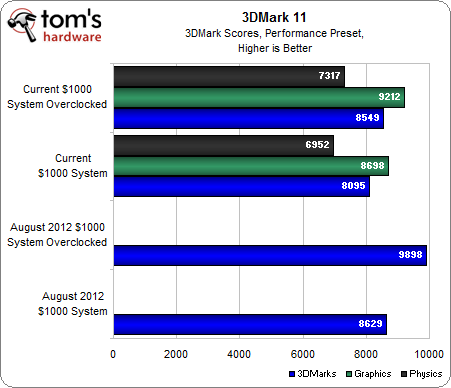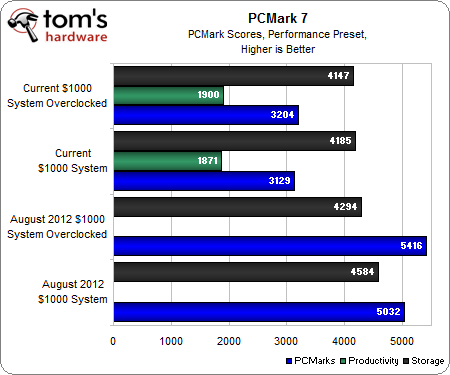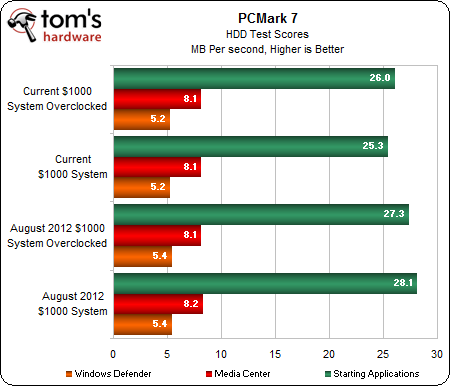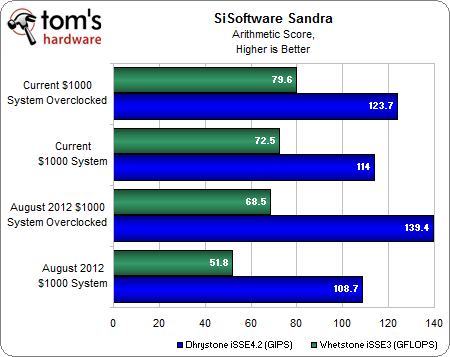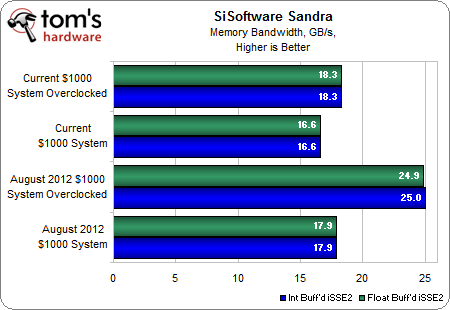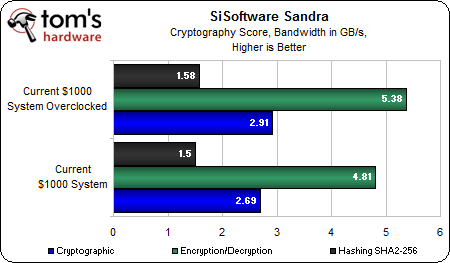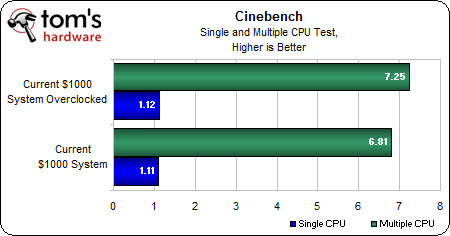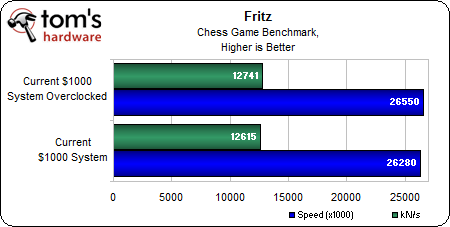System Builder Marathon, Q4 2012: $1,000 Enthusiast PC
Benchmark Results: Synthetics
3DMark 11 is one of the benchmarks that we're recording scores from differently. Instead of capturing the Extreme, Performance, and Entry preset data, we're giving you the Graphics, Physics, and Overall scores using Futuremark's Performance preset. This gives us a clearer picture of how the different subsystems work together, rather than three aggregate numbers.
3DMark typically favors Intel's processors. Moreover, our GeForce GTX 670 didn't overclock as well this quarter. That should cover the differences we see between the old and new machines. Future comparisons will be more enlightening, since we'll have numbers for the CPU (the Physics suite) and GPU on both systems.
We're adding the Productivity suite to our PCMark scores.
Intel processors typically do best in this benchmark, which is derived from components that ship with Windows, but don't often take advantage of more than four cores.
The storage results are similar, which is no surprise considering both platforms use the same OCZ solid-state drive.
AMD's FX CPU places well when it comes to Whetstone and multimedia benchmarks, but Intel leads in Dhrystone and memory bandwidth.
The Cinebench (based on Maxon's Cinema 4D) and Fritz benchmarks are new to our suite. So, we don't have any comparison data to show you from last quarter. Next time around we'll be able to make a good comparison in these heavily-threaded metrics, though.
Current page: Benchmark Results: Synthetics
Prev Page Test System And Benchmarks Next Page Benchmark Results: Media EncodingGet Tom's Hardware's best news and in-depth reviews, straight to your inbox.
Don Woligroski was a former senior hardware editor for Tom's Hardware. He has covered a wide range of PC hardware topics, including CPUs, GPUs, system building, and emerging technologies.

